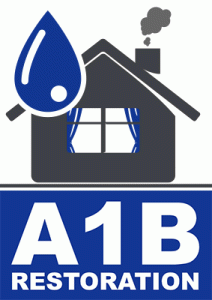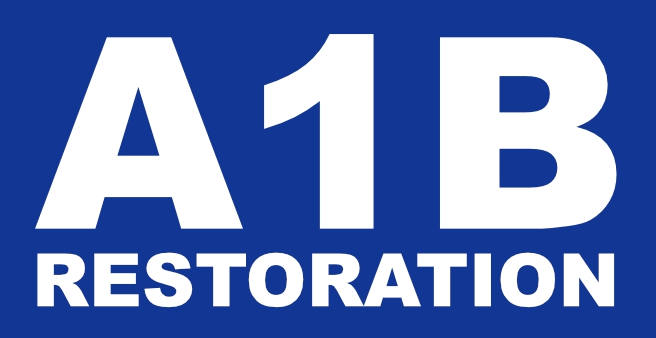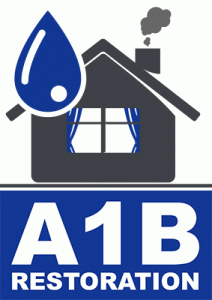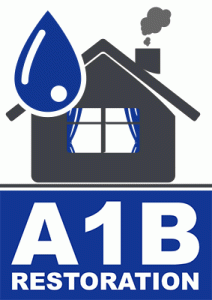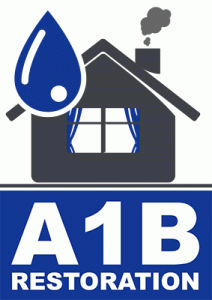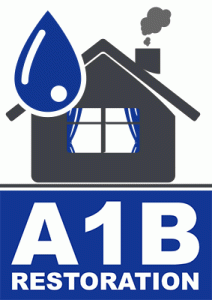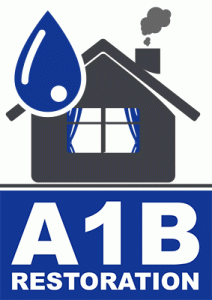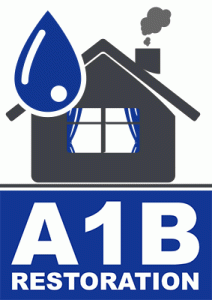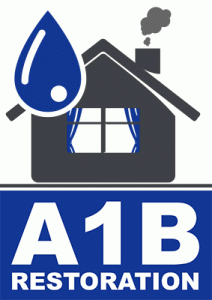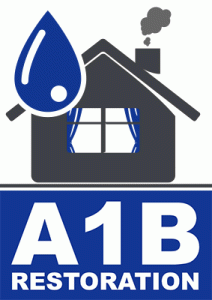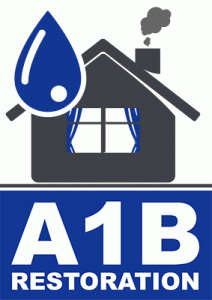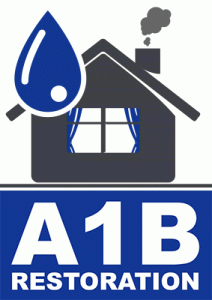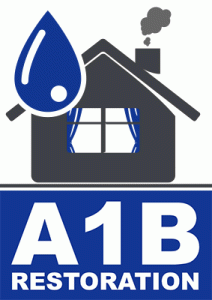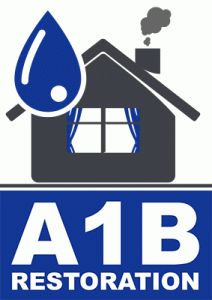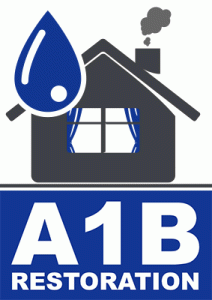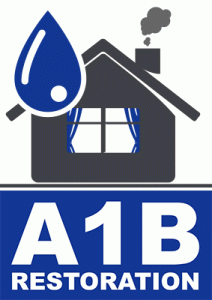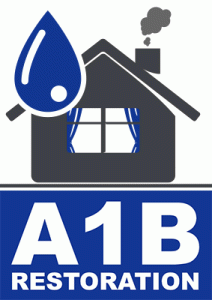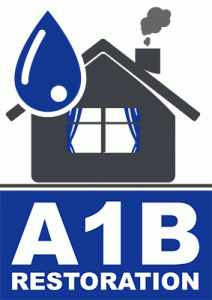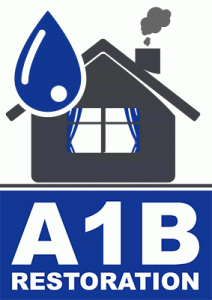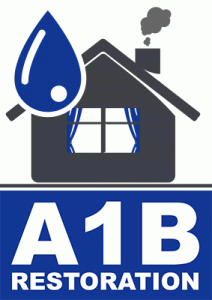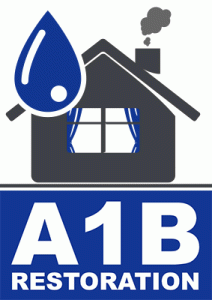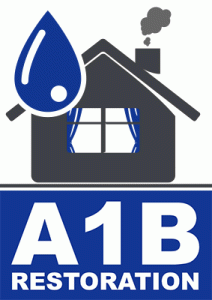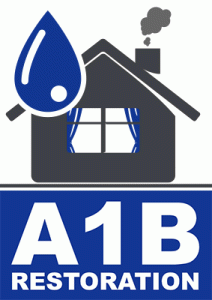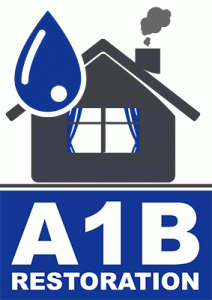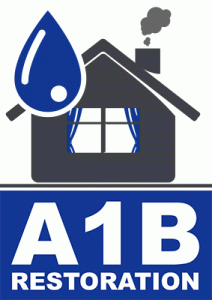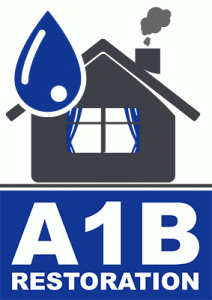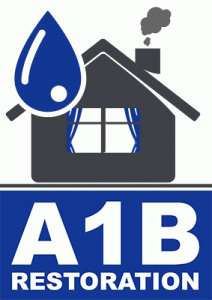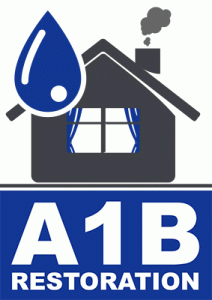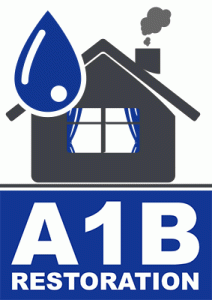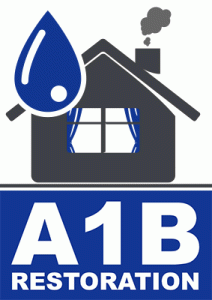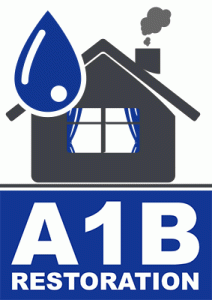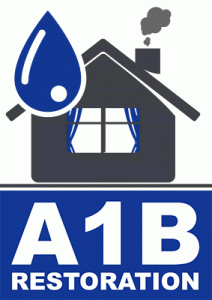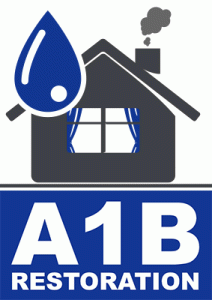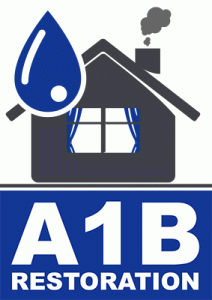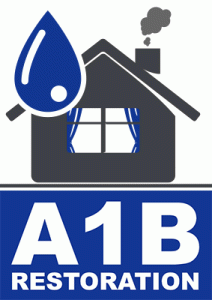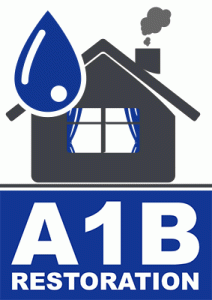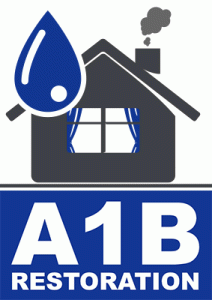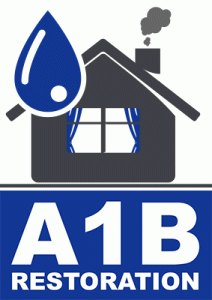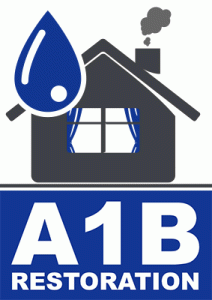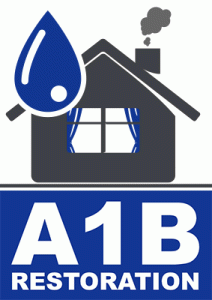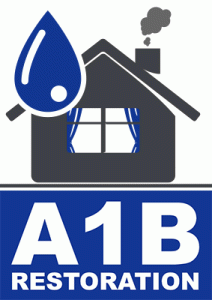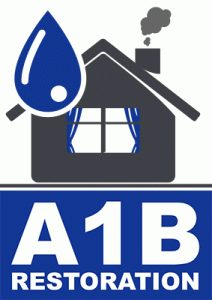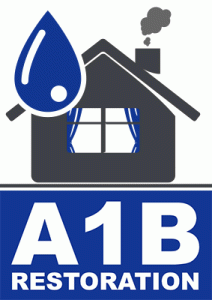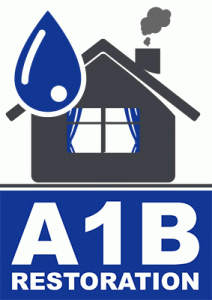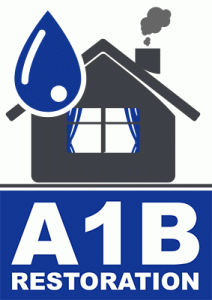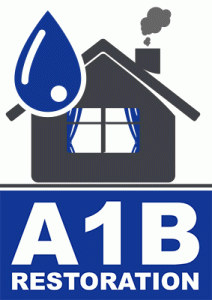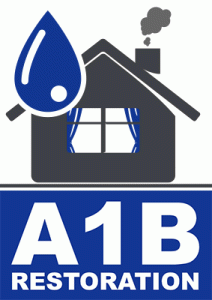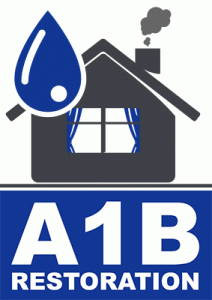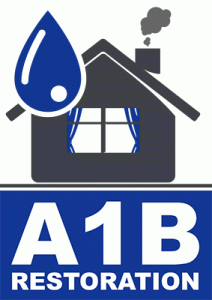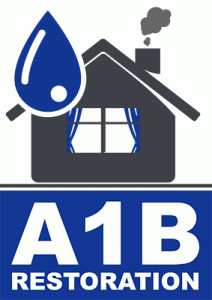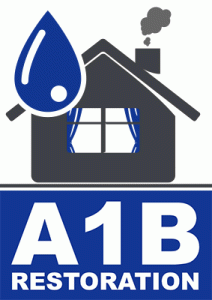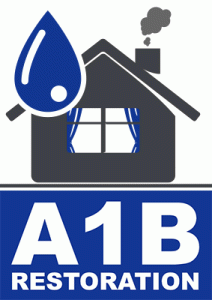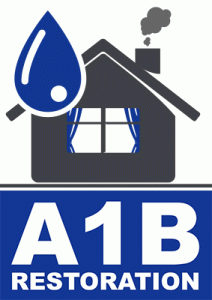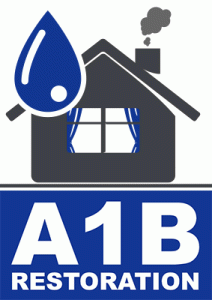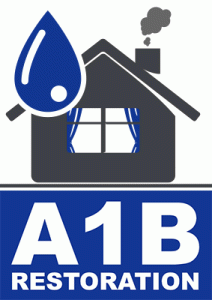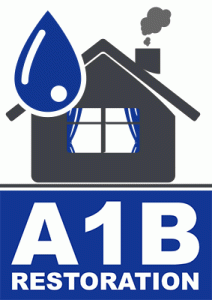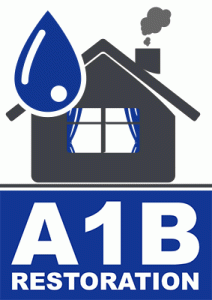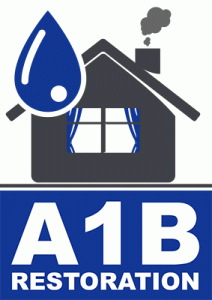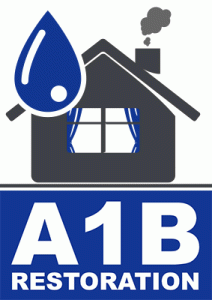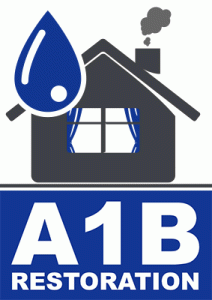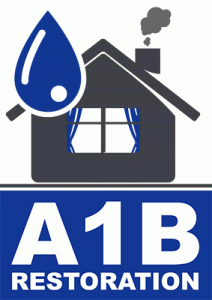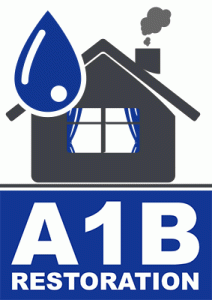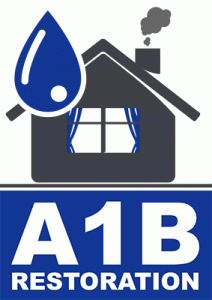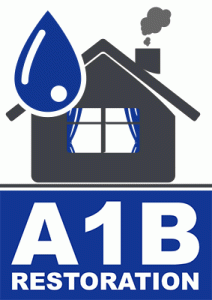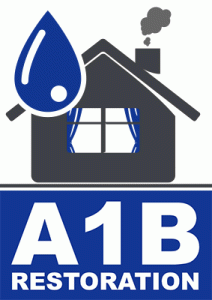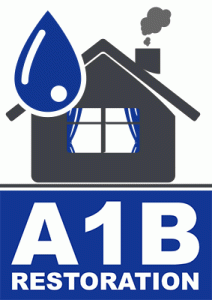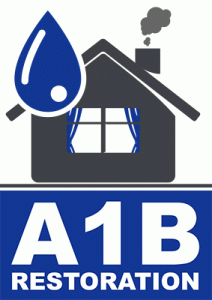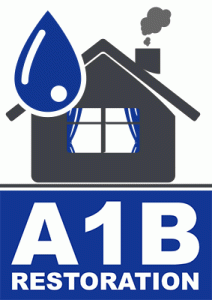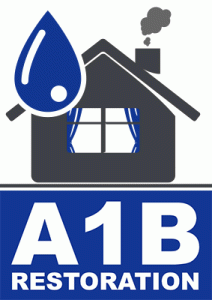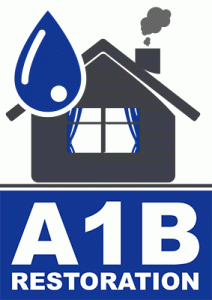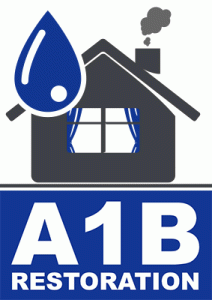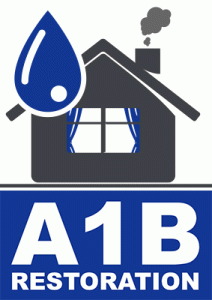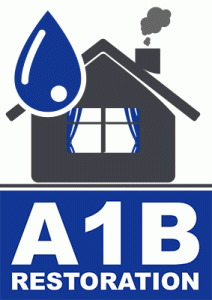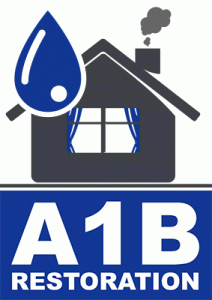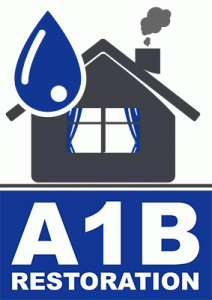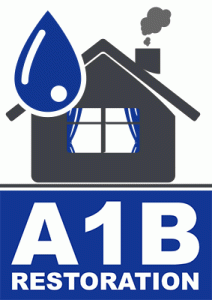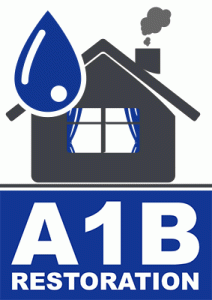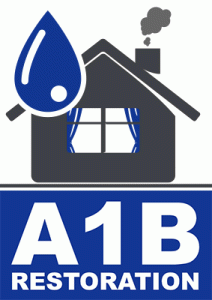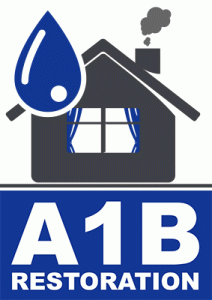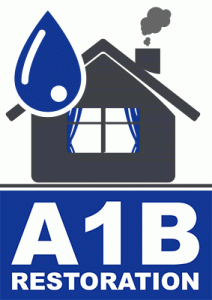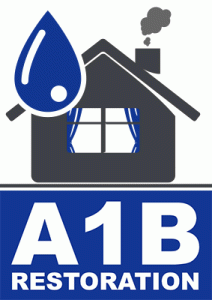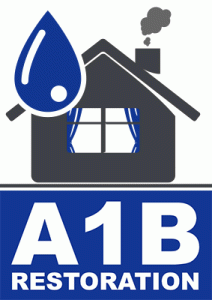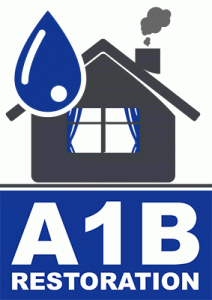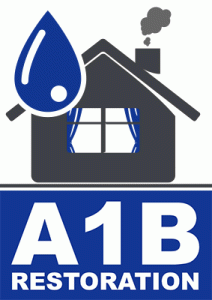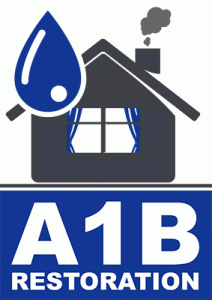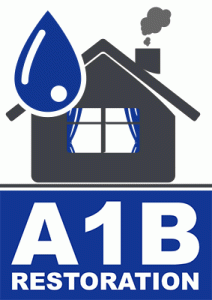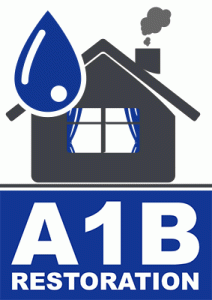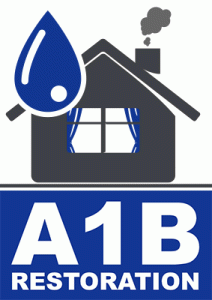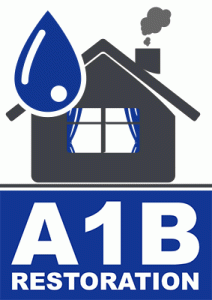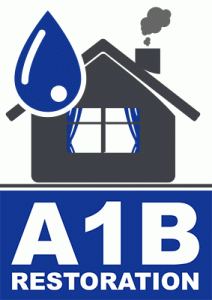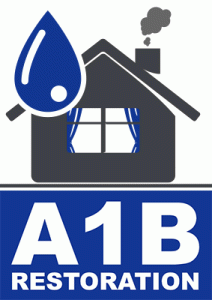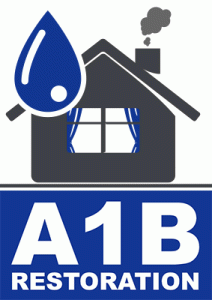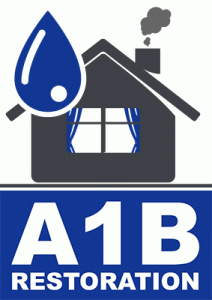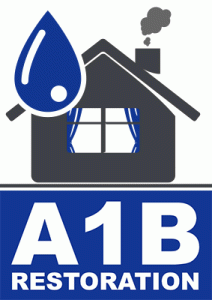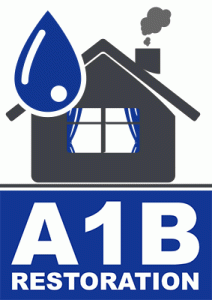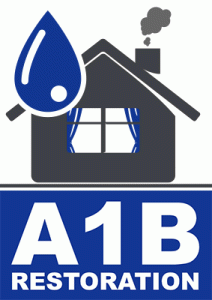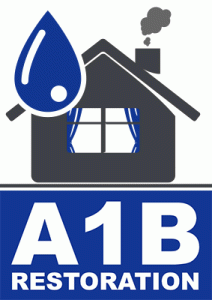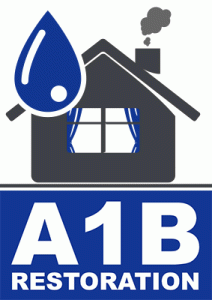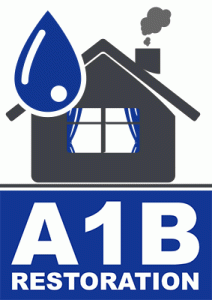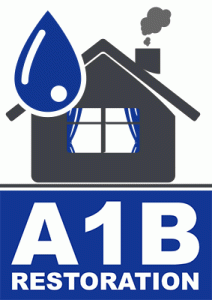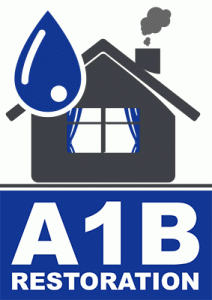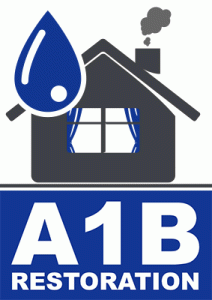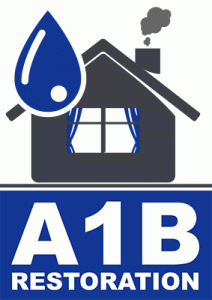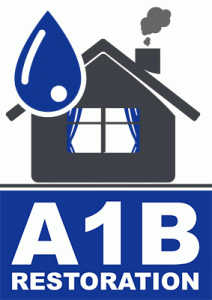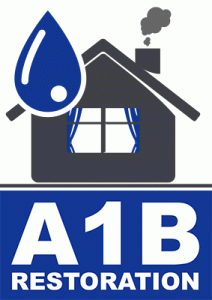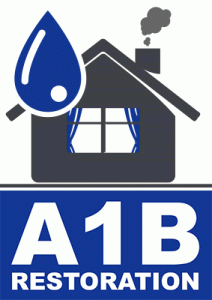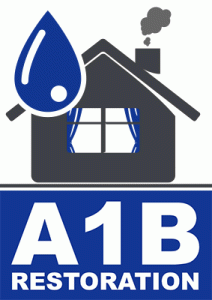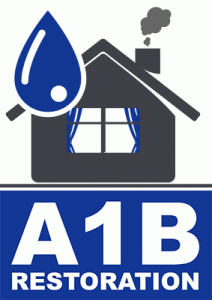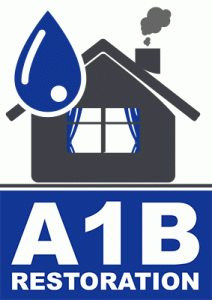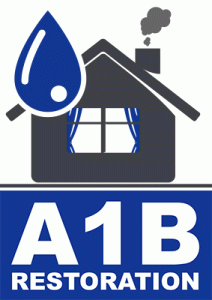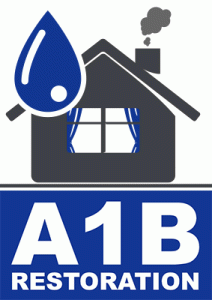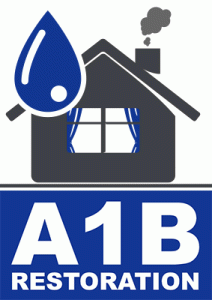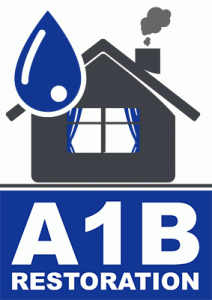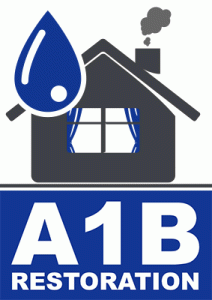Water Damage Restoration in the Age of Smart Homes
In today’s rapidly evolving world of technology, smart homes are becoming increasingly popular. These homes are designed to provide convenience, efficiency, and enhanced control over various home systems. However, with the integration of advanced technology comes the challenge of maintaining and protecting these systems from unforeseen damages, particularly water damage. This blog post explores the impact of smart home technology on water damage restoration, offering insights, statistics, and actionable tips to help homeowners mitigate risks and ensure their homes remain safe and sound.
The Rise of Smart Homes
Smart homes, equipped with interconnected devices and appliances, offer a seamless living experience. According to a report by Statista, the global smart home market is expected to reach $53.45 billion by 2022, with a compound annual growth rate of 25%. This growth is driven by a range of innovative products such as smart thermostats, lighting, security cameras, and water leak detectors, all controllable via smartphones or voice commands.
Understanding Water Damage in Smart Homes
Despite the many advantages, smart home systems are not immune to water damage. Water damage can occur due to several reasons, including burst pipes, appliance malfunctions, or natural disasters such as floods. According to the Insurance Information Institute, water damage is the second most frequently filed insurance claim in the United States, costing an average of $10,234 per claim.
How Smart Technology is Revolutionizing Water Damage Prevention
Smart technology offers several solutions to prevent and manage water damage effectively:
Smart Water Leak Detectors
These devices are designed to detect leaks and send alerts to homeowners in real-time. Positioned in areas prone to leaks, such as under sinks or near washing machines, smart water leak detectors can prevent extensive damage by notifying homeowners as soon as a leak is detected.
Automated Shut-off Valves
Connected to the home’s main water supply, automated shut-off valves can be programmed to shut off the water supply when a leak is detected, minimizing potential damage. This technology is particularly useful in vacation homes or for homeowners who travel frequently.
Water Usage Monitoring Systems
These systems track water usage patterns, helping homeowners identify unusual spikes that may indicate a leak. By analyzing data, homeowners can take proactive measures to address potential issues before they escalate.
Water Damage Restoration: Best Practices for Smart Homes
When water damage occurs, it is crucial to act swiftly to minimize its impact. Here are some best practices for restoring water-damaged smart homes:
Step 1: Ensure Safety First
Before entering a water-damaged area, ensure that all electrical systems are shut off. Water and electricity are a dangerous combination, and safety should be the top priority.
Step 2: Assess the Extent of Damage
Conduct a thorough inspection to determine the source and severity of the water damage. Documenting the damage with photos can be helpful for insurance claims and restoration planning.
Step 3: Remove Water and Dry the Area
Use pumps and wet/dry vacuums to remove standing water. Dehumidifiers and fans are essential for drying the area thoroughly to prevent mold growth.
Step 4: Salvage and Restore Belongings
Evaluate which items can be salvaged and which need to be discarded. Electronics, in particular, may require professional assessment and cleaning before reuse.
Step 5: Repair and Restore Smart Systems
Once the area is dry, assess the smart home systems for damage. Some devices may need recalibration or replacement. Engage with professionals who specialize in smart home technology to ensure proper restoration.
Tips for Preventing Future Water Damage in Smart Homes
Prevention is always better than cure. Here are some actionable tips to help prevent future water damage in smart homes:
Regular Maintenance Checks
Conduct regular maintenance checks on plumbing and appliances to ensure they are in good working condition. Replace old or worn-out parts promptly to reduce the risk of leaks.
Upgrade to Smart Devices
Consider upgrading traditional appliances to smart versions that offer enhanced monitoring and control features. For instance, a smart washing machine can alert you to potential issues before they become major problems.
Install Backup Power Supplies
During power outages, smart devices may lose functionality, leaving your home vulnerable. Installing backup power supplies, such as generators or battery backups, can keep your smart home systems operational during emergencies.
Educate Household Members
Ensure that all household members understand how to operate smart home systems, including how to respond to alerts from smart leak detectors and shut-off valves. Awareness and quick response can prevent minor issues from becoming disasters.
Conclusion
In the age of smart homes, water damage restoration requires a blend of traditional practices and modern technology. By leveraging smart devices, homeowners can effectively prevent, detect, and manage water damage, protecting their investments and ensuring a safe living environment. As technology continues to evolve, staying informed and proactive is key to maintaining the integrity and functionality of smart homes. Implementing the strategies and tips discussed in this post will not only enhance your home’s resilience against water damage but also provide peace of mind in an increasingly connected world.
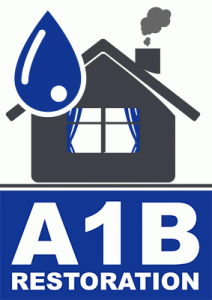
The Colony Texas water damage restoration near me
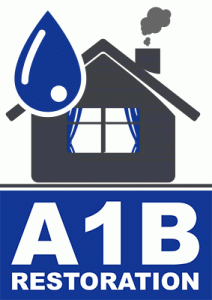
Haltom City TX water damage restoration companies
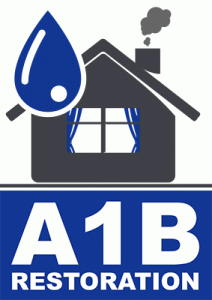
restoration services water damage Lake Highlands Dallas Texas
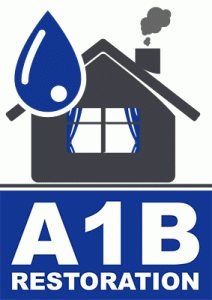
Carrollton Texas water damage restoration service near me
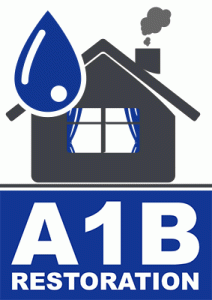
Lake Dallas Texas water damage restoration service near me
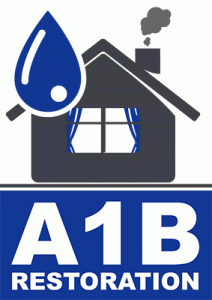
Highland Park Texas water cleanup service near me
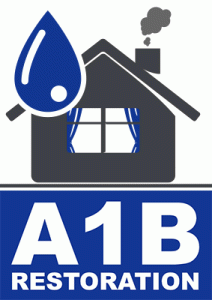
Preston Hollow Dallas Texas water damage restoration near me
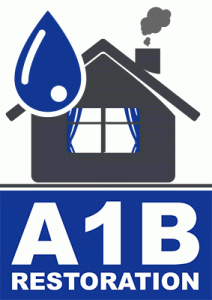
Duncanville Texas water extraction company near me
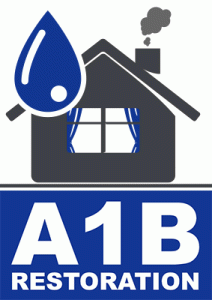
Murphy Texas water damage restoration service near me
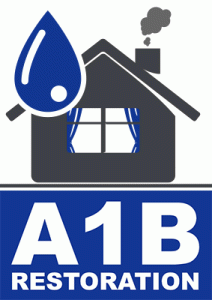
Lakewood Dallas Texas water damage cleanup near me
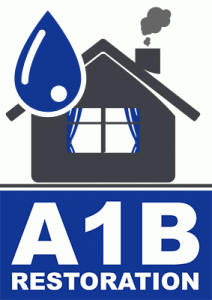
North Richland Hills Texas water damage restoration near me
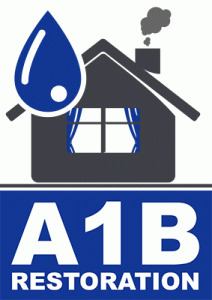
Preston Hollow Dallas Texas restoration water damage companies
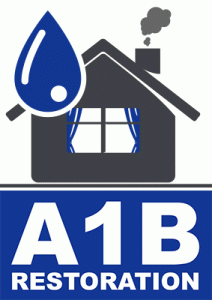
Grand Prairie Texas water extraction company near me
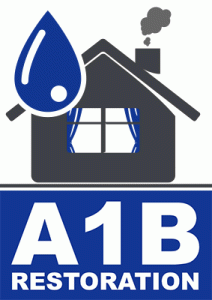
Colleyville Texas water damage restoration near me
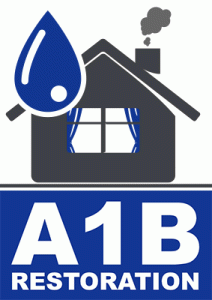
Lake Highlands Dallas TX home water damage restoration
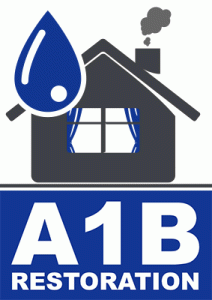
North Richland Hills TX restoration water damage experts
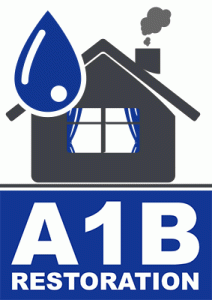
North Richland Hills TX water damage restoration services
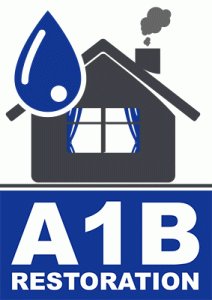
Cedar Hill TX water damage restoration companies
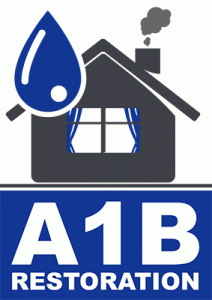
water mitigation company near me Duncanville Texas
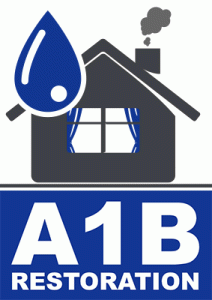
water damage and restoration companies Plano Texas
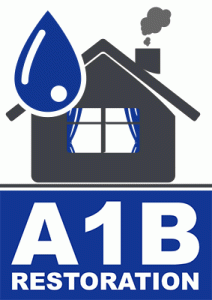
residential water damage restoration Little Elm Texas
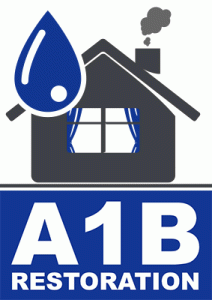
water restoration companies near me Haltom City Texas
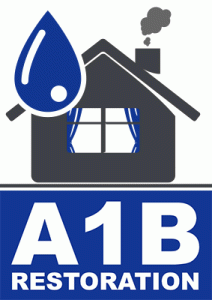
water remediation company near me Highland Park Texas
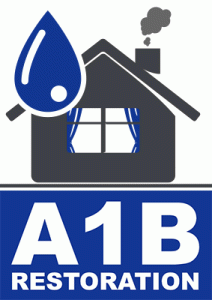
water damage restoration service Lakewood Dallas Texas
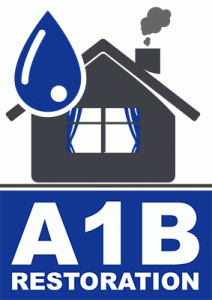
residential water damage restoration Dallas Texas
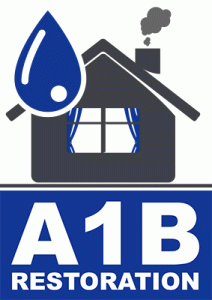
restoration company water damage Preston Hollow Dallas Texas
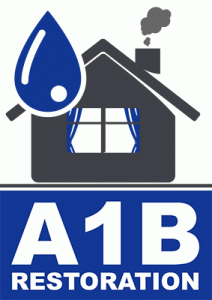
water damage restoration service Cedar Hill Texas
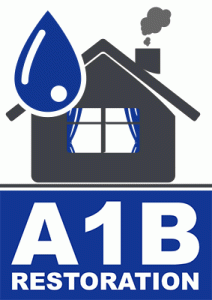
emergency water damage restoration Highland Park Texas
